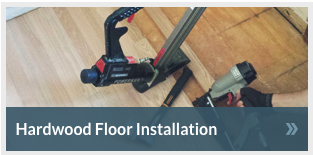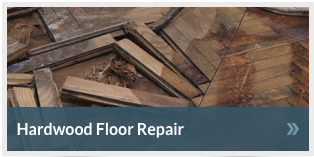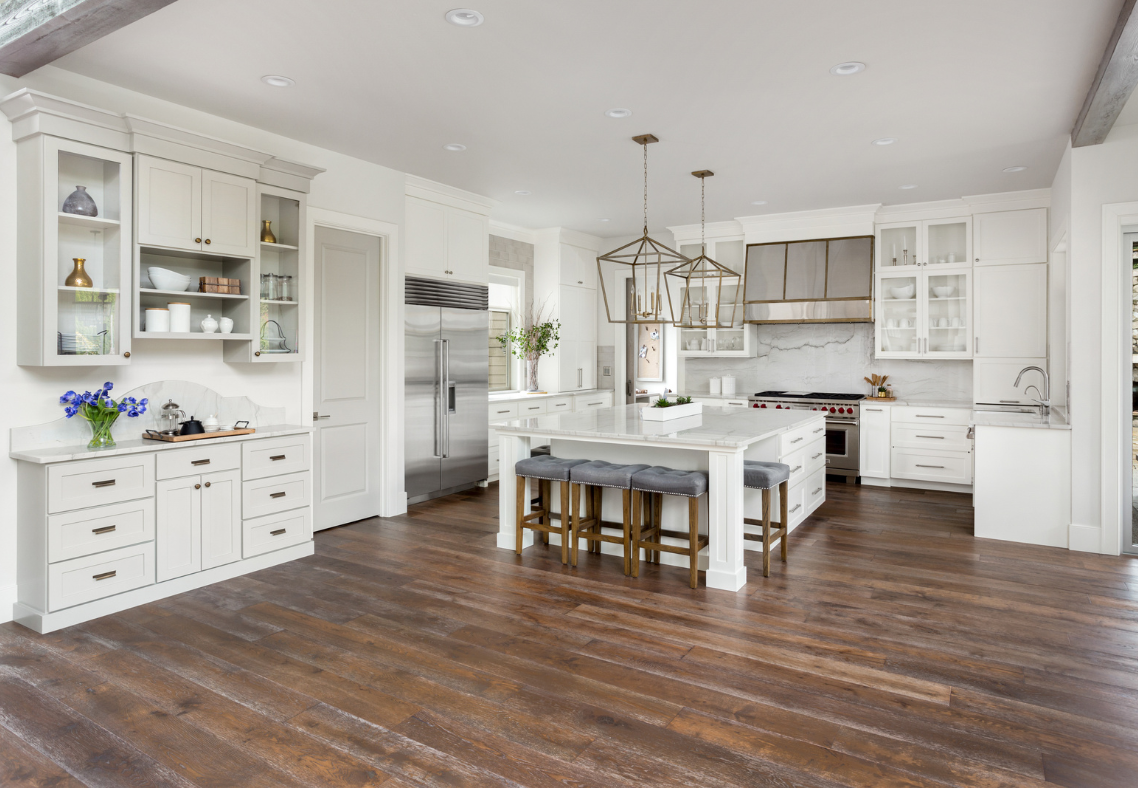Why Is My Hardwood Flooring Cupping?
Hardwood flooring is a timeless choice for homeowners in Baltimore County, MD, offering both beauty and durability. However, even the most well-maintained floors can encounter issues. One common problem that homeowners face is cupping. Cupping occurs when the edges of hardwood planks are higher than the center, creating a noticeable dip or bowl-like effect. This issue not only affects the appearance of your floors but can also impact their longevity. Understanding why cupping happens and how to address it can help you maintain your hardwood floors in pristine condition.
Answering The Question: Why Is My Hardwood Flooring Cupping?
What Is Hardwood Flooring Cupping?
Hardwood flooring cupping is a condition where the edges of the planks rise above the center, causing a curved or concave appearance. This issue can be particularly concerning because it may signal underlying problems with your flooring or home environment. Cupping can range from minor, almost imperceptible changes to more severe deformations that can impact the functionality and aesthetics of your floors.
What Can Cause Hardwood Flooring Cupping?
Cupping is typically the result of an imbalance in moisture levels in the wood. When hardwood floors absorb too much moisture from one side, it can cause the edges of the planks to expand more than the center, leading to the cupped appearance. Here are the primary causes of cupping:
Excess Moisture in the Environment
One of the most common reasons for hardwood floor cupping is excessive moisture. This can occur from high humidity levels in the room, leaks from plumbing or appliances, or even spills that haven’t been promptly cleaned up. Hardwood is a natural material that reacts to changes in moisture, and if the environment is too damp, the wood will absorb this moisture and expand.
Poor Ventilation
Inadequate ventilation can trap moisture around your hardwood floors. Rooms that are poorly ventilated, especially those with high humidity levels, can exacerbate the cupping problem. Areas like bathrooms, kitchens, or basements are particularly prone to poor ventilation issues, which can lead to moisture buildup.
Improper Installation
The installation process of hardwood floors plays a significant role in their long-term performance. If the subfloor was not properly prepared or if the hardwood was not acclimated to the room’s environment before installation, it can lead to moisture-related problems like cupping. Additionally, incorrect installation practices can contribute to uneven moisture distribution.
Seasonal Changes
Wood is a hygroscopic material, meaning it absorbs and releases moisture based on the surrounding environment. Seasonal changes, such as increased humidity in the summer or dry air in the winter, can impact the moisture levels in your hardwood floors. This natural expansion and contraction can sometimes lead to cupping if the fluctuations are severe.
Water Damage
Accidental water damage from spills, leaks, or floods can lead to cupping. If water is left on the floor for an extended period, it can penetrate the wood and cause it to swell. In severe cases, this can result in significant cupping and other damage.
How to Address Hardwood Flooring Cupping
Addressing cupping involves both immediate and long-term strategies to correct the problem and prevent it from recurring. Here’s how you can tackle cupping in your hardwood floors:
Identify and Fix Moisture Sources
The first step in addressing cupping is to identify and eliminate the source of excess moisture. If there are leaks or spills, repair them immediately. Ensure that your home’s plumbing, roof, and windows are in good condition to prevent future water issues. Additionally, use dehumidifiers to manage indoor humidity levels, especially in high-moisture areas.
Improve Ventilation
Enhancing ventilation in rooms with hardwood flooring can help reduce moisture buildup. Install exhaust fans in areas like bathrooms and kitchens to improve airflow. Consider using air purifiers and dehumidifiers to maintain optimal humidity levels throughout the house.
Acclimate Your Hardwood Flooring
If you’re installing new hardwood floors, make sure to acclimate them to the room’s environment before installation. This involves allowing the wood to adjust to the room’s temperature and humidity levels, which helps reduce the risk of moisture-related issues. Proper installation techniques are also crucial to ensure the longevity of your floors.
Address Seasonal Changes
To manage seasonal changes, use a humidifier or dehumidifier to maintain consistent humidity levels in your home. Keeping the indoor climate stable can prevent excessive moisture absorption or drying out of the wood, reducing the risk of cupping.
Repair and Refinish Affected Areas
If cupping has already occurred, you may need to sand down and refinish the affected areas of your hardwood floors. This process involves removing the top layer of the wood to create a smooth surface and then applying a new finish. In severe cases, you may need to replace some of the planks entirely. Consulting with a professional flooring contractor can help you determine the best course of action for repairs.
Preventing Future Cupping Issues
To prevent future cupping, it’s important to maintain proper moisture control and regular floor maintenance. Here are a few tips to keep your hardwood floors in top condition:
- Monitor Humidity Levels: Use a hygrometer to keep track of indoor humidity levels and adjust as needed to maintain a stable environment.
- Regular Cleaning: Clean up spills and moisture promptly to prevent damage. Avoid using excessive water when cleaning hardwood floors.
- Professional Inspections: Schedule regular inspections with a professional flooring contractor to catch potential issues early and address them before they become major problems.
Contact Flawless Floors Today For Hardwood Floor Repair Services In Baltimore County, MD
At Flawless Floors, we understand the importance of maintaining the beauty and functionality of your hardwood flooring. If you’re experiencing cupping or any other issues with your hardwood floors, our expert team is here to help. We offer professional assessments, repairs, and refinishing services to restore your floors to their original condition. Contact us today to schedule a consultation and ensure your hardwood floors remain flawless.
Preserve the elegance of your hardwood floors with Flawless Floors. Call us now for expert hardwood floor repair services in Baltimore County, MD. Your satisfaction is our priority, and we’re committed to delivering exceptional results for your home.

Sanding & Refinishing

Installation

